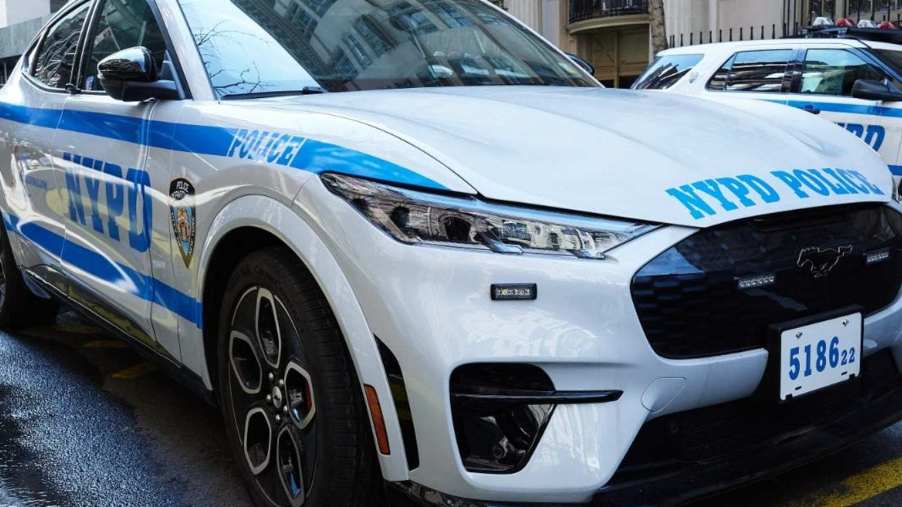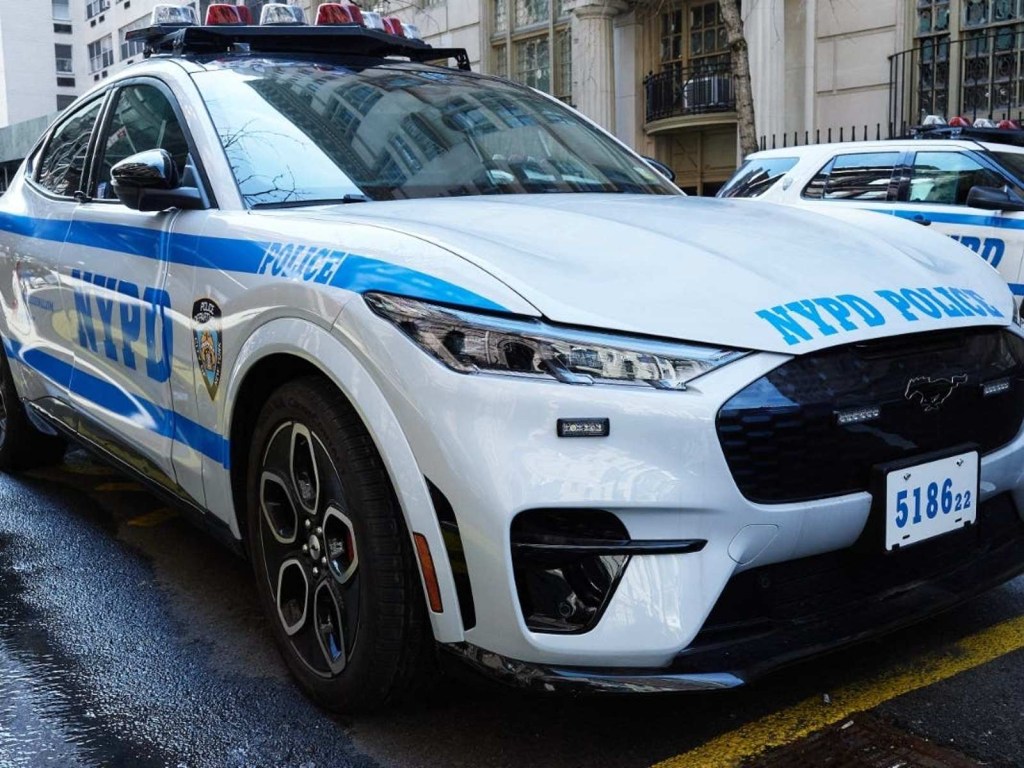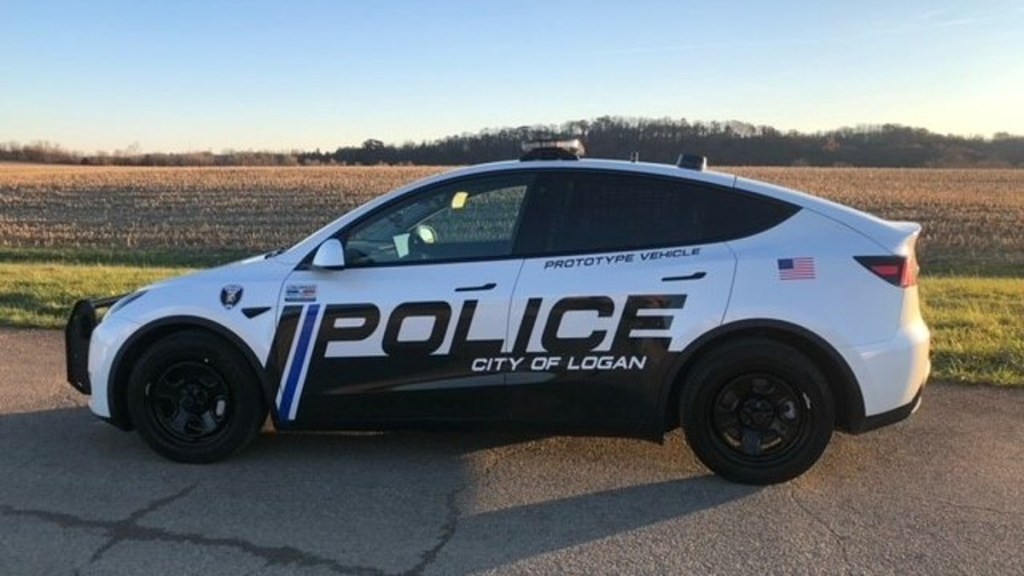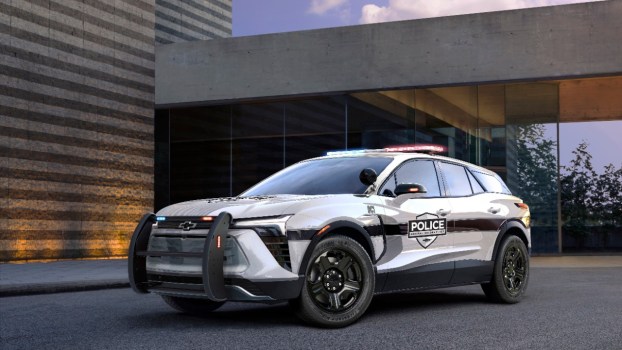
Debunked: 5 Myths of EV Police Work
As police departments around the country consider whether or not to add electric vehicles to their force, several myths have arisen. Some think EVs can’t work because of the driving range or lack of power. Let’s debunk some of these myths to show how electric police patrol cars can work for nearly all police departments.
Will electric police cars have enough driving range?

Police 1 tells us that most police cars drive less than 100 miles per shift. You probably drive more than that during your normal daily commute. A Tesla Police car has a 330-mile range in the Model Y version or 358 miles of driving range for the Model 3 AWD. The NYPD recently added 184 Ford Mustang Mach-E SUVs to its fleet, which offer 270 miles of driving range for officers patrolling New York City.
Electric police cars have plenty of range to get the job done.
Can electric vehicles charge fast enough to be good for EV police work?
The early days of EVs only offered Level 1 charging, which was fine for the 60 or 70 miles of EV driving range. Today’s EVs come with three charging levels to make receiving an adequate charge for the next shift much easier. Electric police cars that are shared will likely utilize a DC fast charger more often, while patrol cars used by a single officer can take advantage of a Level 2 home charging station or one set up at the police department parking lot.
Electric vehicles charge fast enough to be useful as police patrol cars.
Are current EV prices too much for police departments?
Currently, most EVs are more expensive than their gas-powered counterparts, but that’s only the up-front cost. Over the life of electric vehicles, the savings can be incredible. The Bargersville, IN police department, has been saving $6,000 annually per EV, which gave them a break-even point in 18 months. After that, the department saves money in its budget, ensuring it stays fully staffed.
Electric police cars are more affordable in the long run.
Are electric vehicles ready to handle high-speed police pursuits?

EVs are quick. The electric motors don’t have to go through a range of gears to reach top speed and RPMs, which means the full torque range is available as soon as the officer steps on the accelerator. This makes electric police cars ideal for high-speed police chases. The challenges are similar to ICE cars, there needs to be enough fuel to handle the chase, but EVs are inherently much better at closing the gap than traditional gas-powered police cars.
Many EVs are ready for police work, including high-speed pursuits.
Are repair shops ready to service electric police cars?
Most municipalities have specific shops that service and repair police vehicles. Electric vehicles require far less maintenance than gas cars, which keeps them on the street handling EV police work more often.
For those concerned about repairs, the Bargersville Police Department offered an example. After an officer hit a deer, the EV required a headlight, hood, fender, windshield, bumper, camera, and door skin. This repair was completed in 16 days, which is similar to what you might expect with a gas-powered car.
EV police work can continue more consistently with these vehicles because they require far less maintenance than a gas-powered police car.
The bottom line is that electric police cars are ready to handle the job, and more departments are adding them to their fleets. You might see a few Tesla Model Y SUVs or Ford Mustang Mach-E police cars in your area soon.




